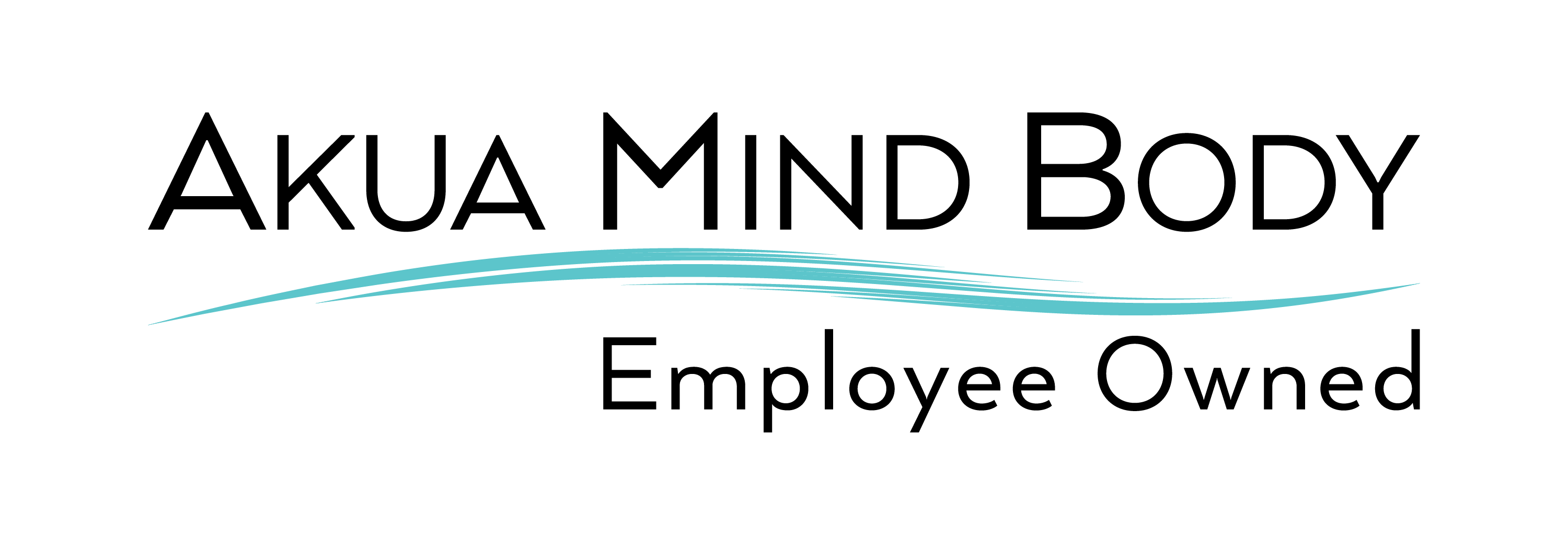Professional levels of care for addiction treatment vary in terms of time and intensity of treatment. Treatment intensity ranges from inpatient hospitalization and residential treatment to intensive outpatient and outpatient day treatment, but how does sober living fit into this spectrum?
What is residential treatment?
Residential treatment is specialized inpatient treatment in a 24-hour non-hospital setting such as a home, apartment, or farm. They often range from at least 28 days to up to six months or longer. If you or a loved one has a history of addiction and has undergone treatment, you may be familiar with residential treatment.
Some examples of residential settings include the following:
- Clinical residential treatment programs often provide life skills training, addiction treatment, educational training, and extensive therapy.
- Group residential communities, also known as group homes, use a familial atmosphere to help residents improve mental and emotional health, develop life and relationship skills, and manage mental health symptoms.
- Farm or work-based residential programs help residents grow and recover through daily work and treatment.
Apartment-based communities offer an environment where residents may maintain more independence than is possible in other settings while they pursue treatment and work toward recovery.
Residential treatment provides around-the-clock care for men, women, adolescents, and children struggling with a substance use disorder, a mental health disorder, or an eating disorder, as well as concerns related to past trauma, compulsive behaviors, personality disorders, and cognitive development. Before entering a residential treatment program, you will undergo an initial assessment and screening to ensure you meet the standards to undergo residential treatment.
AKUA Mind and Body offers residential treatment for individuals who are in active addiction or withdrawal as detoxification can be provided. There is also a co-occurring disorder track, meaning that individuals who have both a mental health disorder and a substance use disorder can enter into a residential treatment program and be treated for both disorders simultaneously.
Residential treatment centers provide a variety of evidence-based therapeutic modalities as part of the treatment process. A combination of individual and group therapy sessions, supplemented by family therapy sessions, provide ongoing care to facilitate the healing process and help the process continue after the individual completes treatment.
The popularity and success of residential treatment lie at least partially in the benefit many people obtain from stepping away from their everyday surroundings and immersing themselves in therapeutic work at a dedicated facility where they are generally free from triggers, and toxic individuals/surroundings.
What is sober living?
A residential treatment program focuses on continuing your recovery treatment while re-learning and developing the life skills you need to reintegrate into society. In contrast, a Sober living program focuses on putting those skills into practice while continuing to maintain a recovery mindset. Sober living is also called “transitional living” or halfway house. According to the American Society of Addiction Medicine, the official definition of a halfway house is “a clinically managed, low-intensity residential service.”
Individuals in a sober living program will have completed a formal addiction or mental health treatment program at a facility such as a residential program. A sober living environment gives you a little more flexibility as you can have a job, leave the facility with an approved day pass, attend 12-step meetings and sober group functions, and have a bit of a social and personal life outside your treatment regimen. You also will meet with your counselor individually and in group settings daily to undergo life training skills and therapy.
During your first few days or even weeks at your sober living facility, you may not be granted a day pass to leave the facility, and you may be undergoing more therapy sessions regularly for the counselor to assess your well-being and where you are in your recovery process.
After you meet specific goals and assessments, you are granted more freedom to leave the house and go to recovery meetings, work, errands, etc. The goal is to adopt a healthy daily routine that focuses on recovery goals, financial goals, and adopting a stable recovery support network. Hence, you have a system for when you leave the sober living residence and return to your home. The length of sober living varies widely, but, on average, it is a 90-day stay.
What happens if I need to go back to residential treatment?
Transitioning from residential treatment to sober living is a huge positive step in your recovery journey. You have learned tools and support in residential treatment, and moving into a sober living residence allows you to practice these tools in a “real world” environment to see if you can adapt to a society where you can manage your triggers, urges, and cravings. Suppose you struggle in a sober living environment or begin to relapse. In that case, you can transition back into a residential treatment program to understand the triggers associated with your relapse.
This does not mean you have failed but that you may need a different set of coping skills or a different view of overcoming urges and cravings in the future. You may need a wider variety of tools or a more robust support network before transitioning back to sober living.




